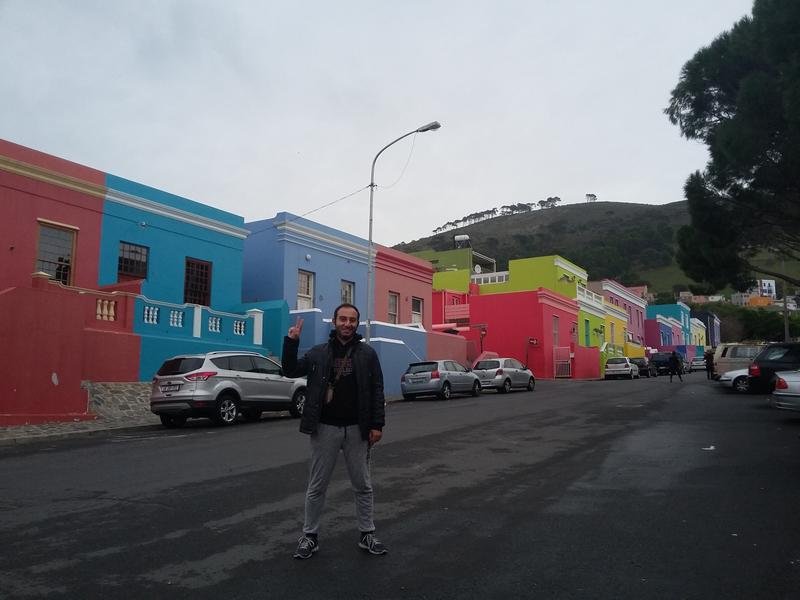I have always been a kind of person who enjoys street photography, especially when there is colorful and stylish architecture involved. That's why I was extremely excited to move to a district called Bo-Kaap in town. Yet, I wasn't very knowledgable of the place except I knew it was the neighborhood of Muslims from Malaysia.
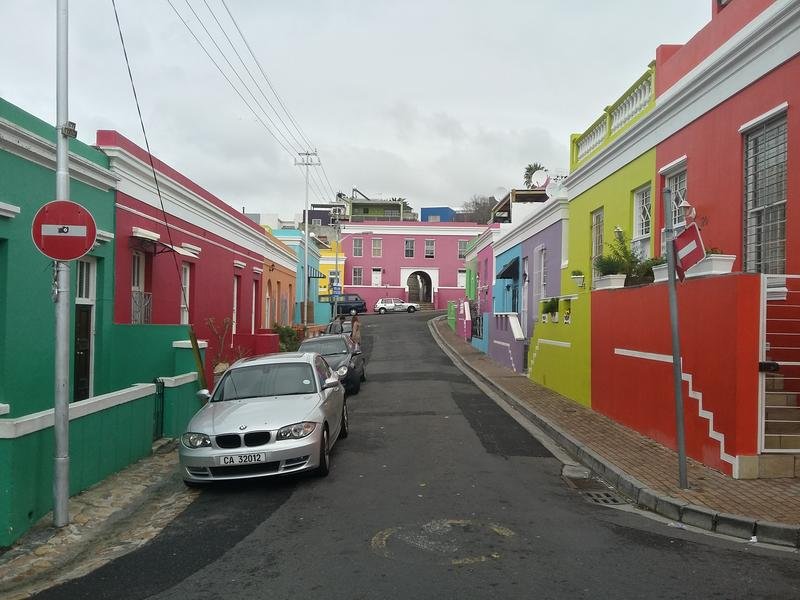
As soon as I heard about the guided free-walking tours for Bo-kaap, I decided to find out more about this place.
The guided tours started at 2 pm everyday from Greenmarket Square. The guides are very experienced, probably from doing the same/similar guided tours for years and years. I can easily tell you that the guided tour I joined in Bo-kaap was one of the most informative tours I ever joined, because I learned so much about the history of Bo-kaap that my respect for its residents has increased much more!.
So what was it that made Bo-Kaap so special?
What does Bo-Kaap even mean? The word Bo actually means "above". So, Bo-Kaap basically means "above the Cape", which makes sense since the neighborhood is just on the outskirts of Signal Hill next to the city center.
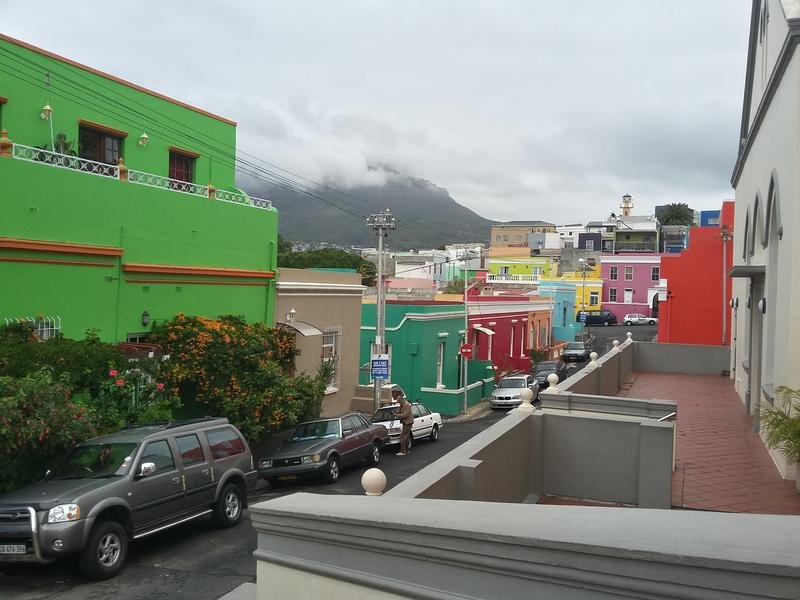
Before I delve into the history of the colorful houses, I should first briefly mention Dutch East India Company. Basically, European countries were trying to take the control of the Spice Route in South Asia for the supply of goods. Dutch East India Company was founded to reassure that the colonization and trade activities were carried out in an organized way.
As they were passing by the Cape of Good Hope, they finally discovered the peninsula and were impressed by the fertility of land. Therefore, they decided to set up a refreshment center which would have served as a checkpoint between Europe and India. As expected, extra labor was needed for the setting up. Because there was a clash between the Khokhoi tribes and the Dutchmen, slaves were imported from Malaysia and Indonesia as an alternative solution.
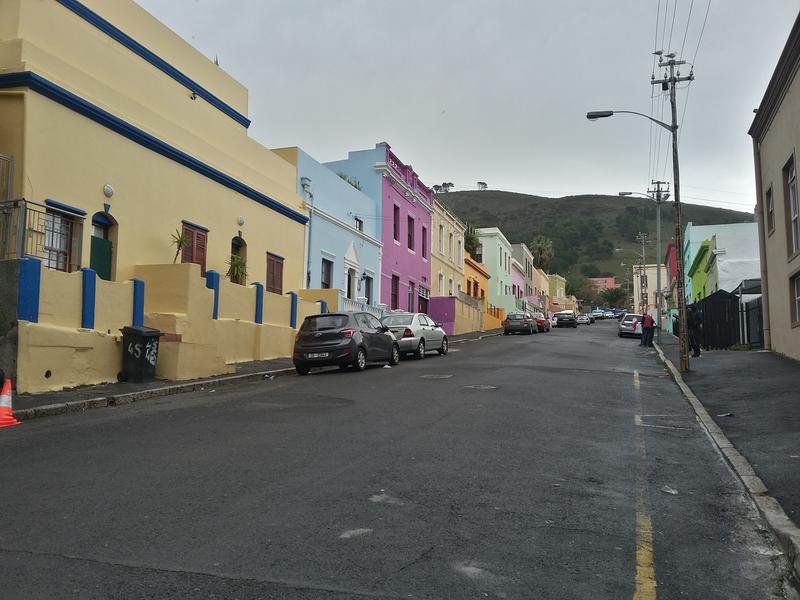
They were allocated to a block of land purchased at the foot of Signal Hill, which is today's Bo-Kaap. Among them were very talented tradesmen, craftsmen and artisans.
Because they were Muslim, mosques were built in the area. If I am not mistaken, there must be a total of 10 mosques in the area.
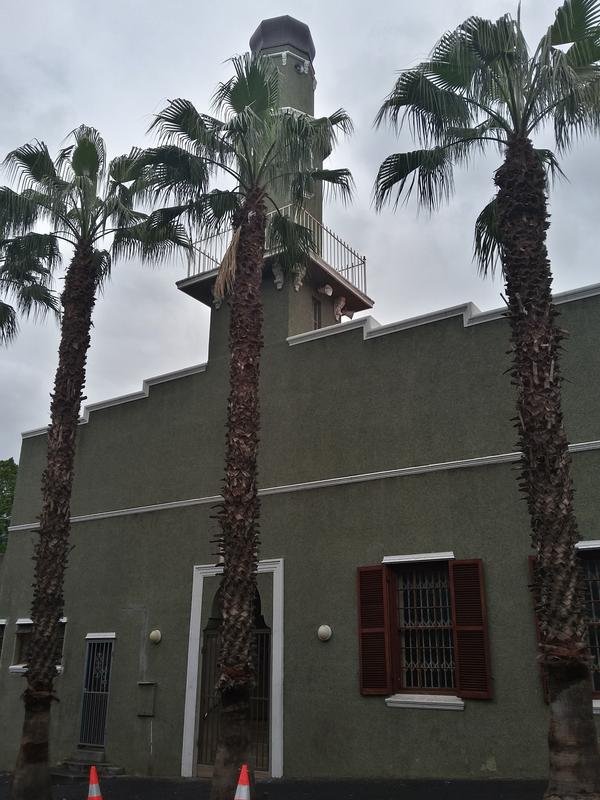
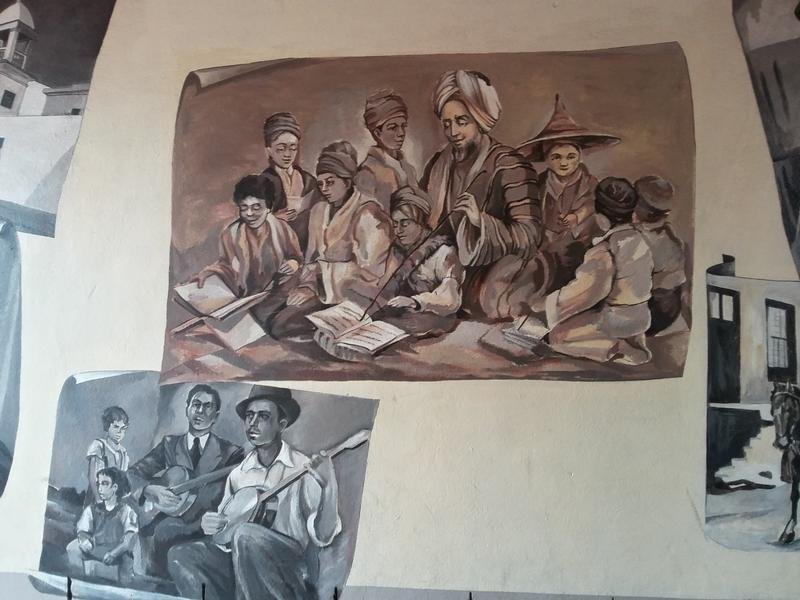
The slaves were liberated during the nineteenth century. This was good news for them, except they still had to make a living a survive on their own. Lucky for these people, they did have their hand-skills and talents. They just had to come up with a way of marketing themselves, declaring their talents to the outside world. This is where the bright colors came into the stage. Did you know why every single house in Bo-Kaap was painted with a different color? Because every color represented a specific talent. The house with magenta walls had great chefs living in, while the orange house was a residential for a tailor and his family, and so on (obviously I made up these examples since I don't have a time-travel device to go back and see in person).
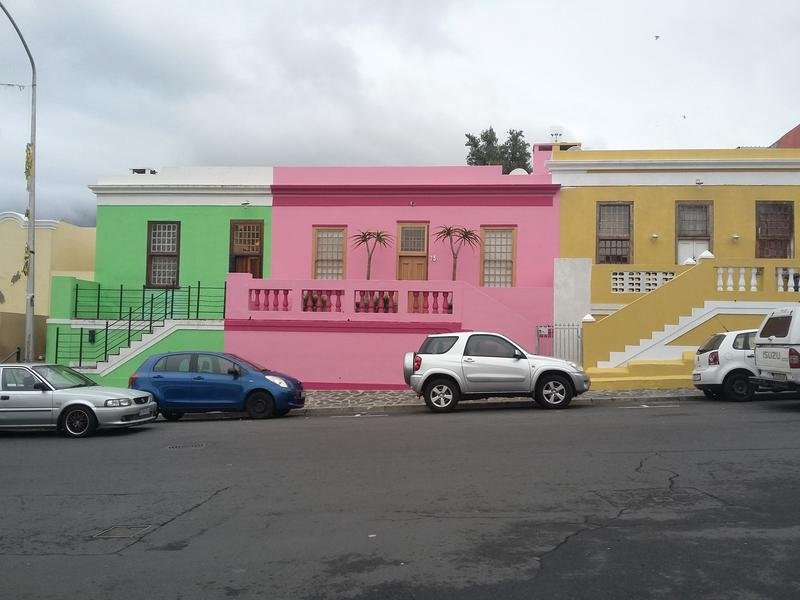
Another reason for the houses to become colorful was that it symbolized their freedom, since the leased houses were initially all white.
In 1943, restoration of the place took place, eventually leading to the declaration as a national monument in 1966.
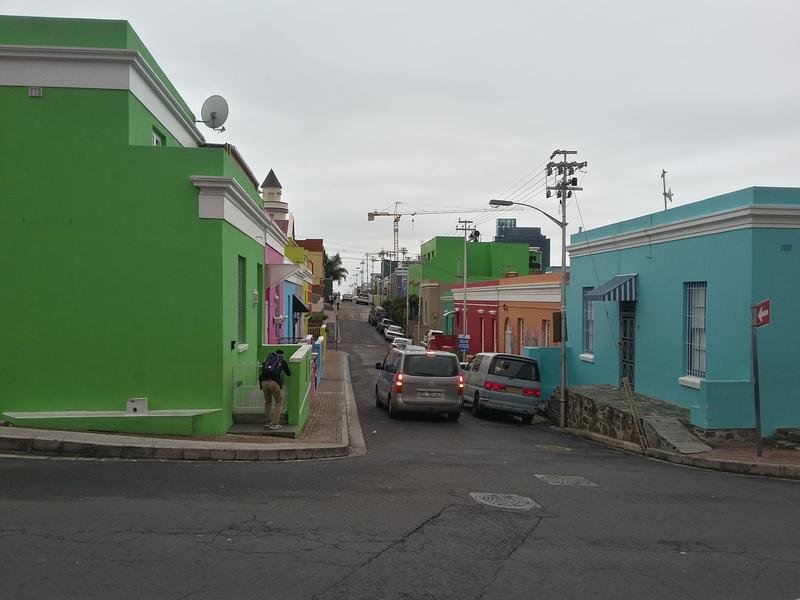
Today, the people who live in these colorful houses are the grand-grand-grand children of these people. From what I sensed, there was a sense of community and friendliness in the area. Probably because of my middle-eastern-ish looks, people would always salute me with "Selam-in aleykum". The single fact that they haven't killed a single tourist despite the crazy efforts of photoshoots in front of their houses 7/24 indicates how tolerant and patient they are. Also, if you happen to visit during the summer time, you will be thrilled to witness a magnificent parade organized by the residents.
I will have a few more recommendations about the area in the upcoming posts.
Hasta la proxima, fellow Steemians!
Haritakurdu
